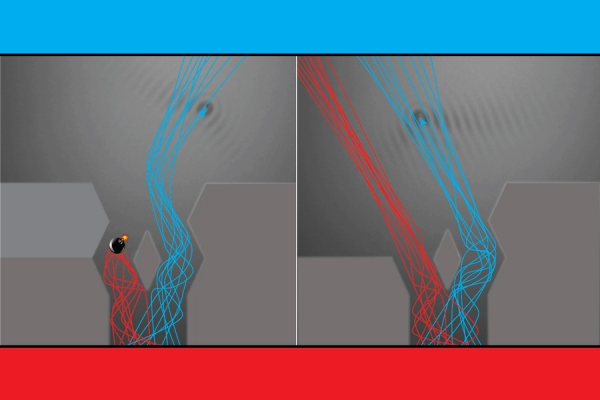In our everyday classical world, what you see is what you get. A ball is just a ball, and when lobbed through the air, its trajectory is straightforward and clear. But if that ball were shrunk to the size of an atom or smaller, its behavior would shift into a quantum, fuzzy reality. The ball would exist as not just a physical particle but also a wave of possible particle states. And this wave-particle duality can give rise to some weird and sneaky phenomena.
One of the stranger prospects comes from a thought experiment known as the “quantum bomb tester.” The experiment proposes that a quantum particle, such as a photon, could act as a sort of telekinetic bomb detector. Through its properties as both a particle and a wave, the photon could, in theory, sense the presence of a bomb without physically interacting with it.
The concept checks out mathematically and is in line with what the equations governing quantum mechanics allow. But when it comes to spelling out exactly how a particle would accomplish such a bomb-sniffing feat, physicists are stumped. The conundrum lies in a quantum particle’s inherently shifty, in-between, undefinable state. In other words, scientists just have to trust that it works.
Read more at: Massachusetts Institute of Technology
MIT mathematicians tracked a droplet as it bounced through a structure inspired by the theoretical “quantum bomb test.” The shows the droplet’s trajectories when the "bomb" is present, and the right panel shows the trajectories taken when the "bomb" is absent. (Photo Credit: Courtesy of the researchers)


